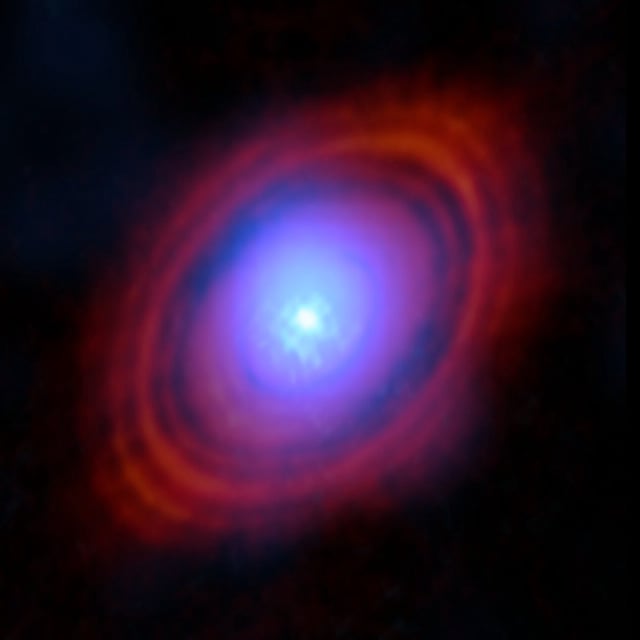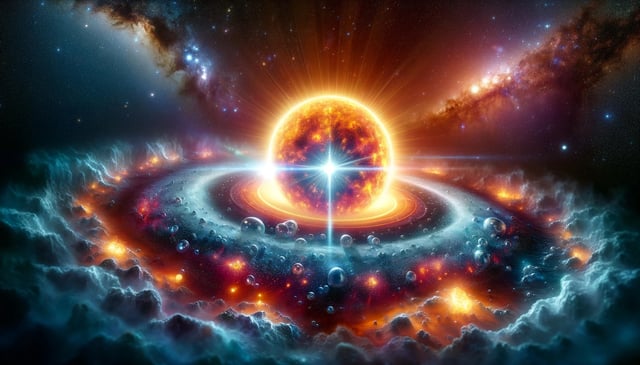Overview
- Astronomers discovered water and organic molecules in a planet-forming disk around a young star in an extreme environment, indicating Earth-like planets could form under harsh conditions.
- The discovery was made using the James Webb Space Telescope, marking the first time such detailed observations have been possible in extreme star-forming environments.
- The planet-forming disk, known as XUE-1, is exposed to intense ultraviolet radiation from nearby massive stars, yet still contains essential ingredients for life.
- Observations of another protoplanetary disk around the young star HL Tau by ALMA revealed a large amount of water vapor, further supporting the potential for Earth-like planet formation.
- These findings challenge previous assumptions that Earth-like planets could only form in less intense star-forming regions, expanding the potential habitability zones in the universe.



